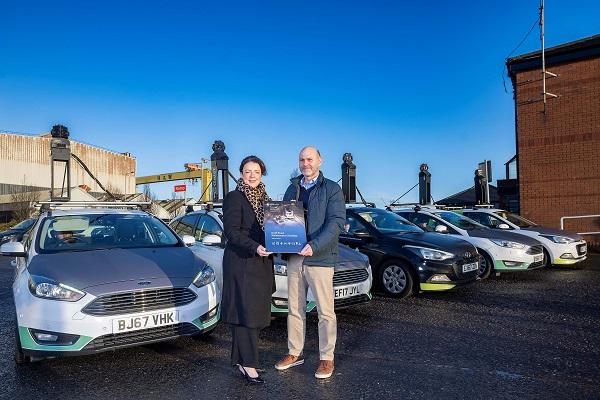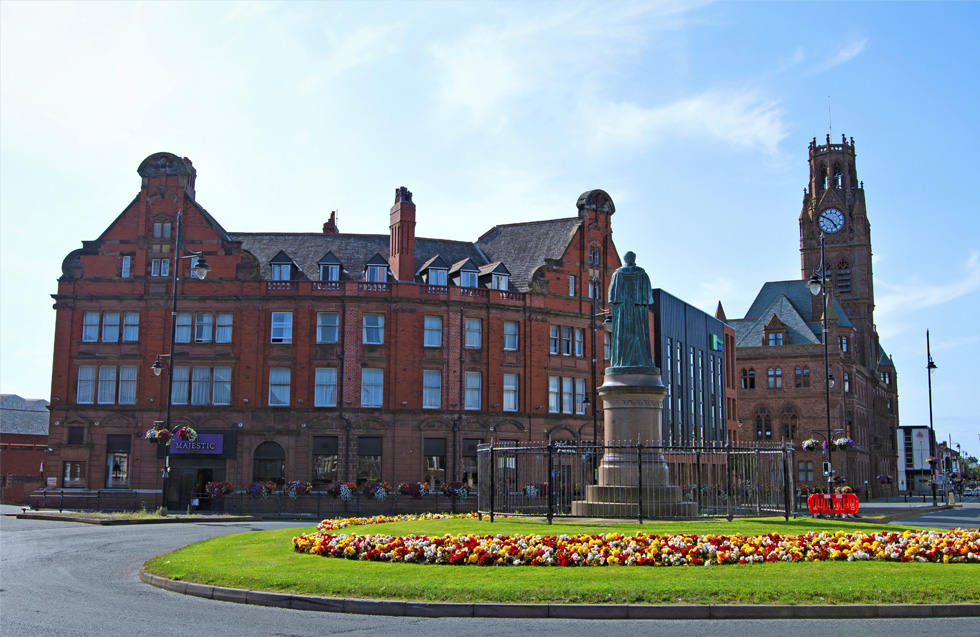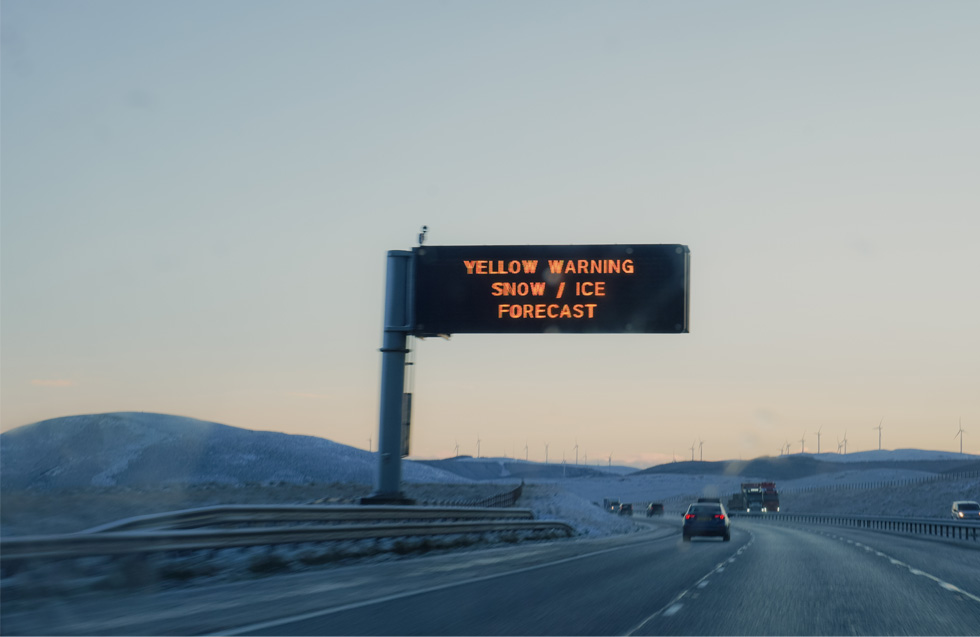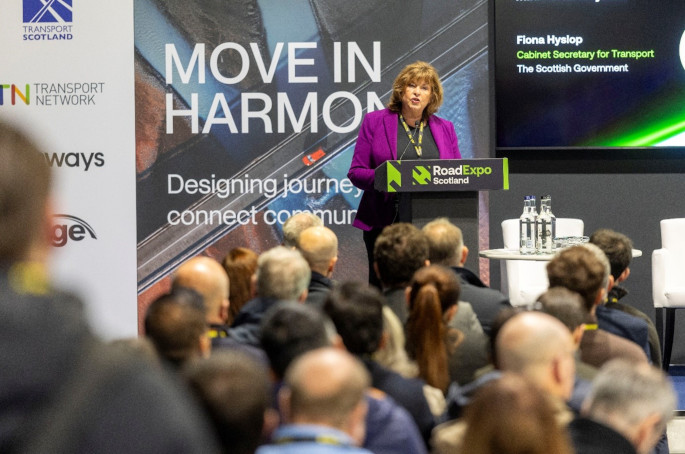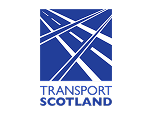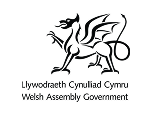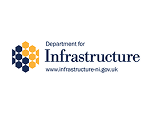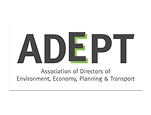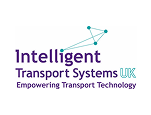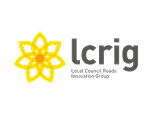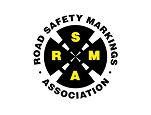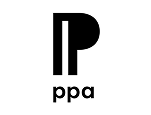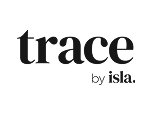National Highways has unveiled its latest detailed safety assessment of the entire strategic road network (SRN), revealing that progress has been made in boosting safe travel between 2015 and 2020, although a key pledge was missed.
Safety experts heralded National Highways' performance as one of the best in Europe; however, the new report reveals around one journey in nine on the SRN is still on a road below the important benchmark of a least three stars out of five for safety.
National Highways 2015-2020 delivery plan said that it would ensure the majority of 1- and 2-star rated roads are brought to a 3-star standard or higher under the iRAP safety rating, which uses analysis of camera footage to rate the inherent design safety of a road.
In 2015, one and two-star roads accounted for 1,009km on the SRN. National Highways said sub-3-star roads now account for 896km, meaning 113km have moved from sub-3-star to 3-star or above, an 11% improvement in terms of length.
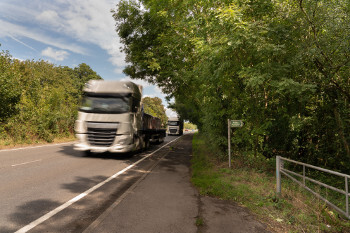
Huge progress was made in other areas, not least the iRAP methodology itself. Version 1 in 2015, had only five assessment attributes and operated on a four-star basis, now the so-called 3.02 modal has 52 attributes to deliver a maximum five-star rating and was called much 'more stringent'.
While the headline figures for progress against the one and two-star roads pledge were based on version 1.0 of the iRAP methodology for consistency, National Highways also assessed the condition of the SRN in both years with the later version, 3.02.
National Highways assessed that ‘in 2020, 89% of travel on the network was on roads rated 3-star or better using the more demanding version 3.02 of the model'. This was an increase from 82% in 2015 under the more demanding model.
This means that 11% of travel is on roads that are rated 1 or 2 stars but is still a strong performance when compared internationally.
Jeremy Phillips, head of road user safety at National Highways said: 'About three years of work has gone into getting us here to the first review of the state of the network since 2015. What we have is confirmation is that the bulk of the travel on the SRN is on some of our highest rated roads, which means that most people most of the time are travelling on some of the safest roads in the world. It is an outstanding result. Since 2015 we have upped our game on how we assess, and we have set ourselves some challenging targets on what those star ratings actually mean.'
He added that National Highways is in a 'transition phase' and will now use the refined safety assessment tool to move towards a 'safe system' approach through safety investment plans that focus on inherent safety factors rather than reactive crash cluster interventions.
These safety investment plans won't be a basket of schemes, Highways was told, but rather a suite of options engineers can consider as they plan road investment strategies and specific interventions.
Mr Phillips said: 'We are moving out of using this model for assessment purposes and using it to help influence what comes next.'
Road safety expert and executive director of the Road Safety Foundation, Dr Suzy Charman said: 'What is happening here domestically is far superior to what is happening in most places in Europe.
'What really delights me is we are moving into a place where we are not just talking about this as a performance metric but as a methodology to inform and really go deeply into progress towards safe systems. We are not just talking about metrics but the performance of the entire organisation.
'The level of intelligence it brings to NationalHhighways to take forward really targeted safe systems orientated investments is really good. Until a road is changed for the better and is safe systems orientated you are not going to save a life.'
However, she added: 'There does need to be more allocation there if we are going to rapidly change our trajectory towards the longer-term vision for the network.'
The report also shows that National HIghways met its target for at least 90% of travel on the network to be on roads rated three stars or above. However, the percentage of travel on 3-star or above roads at the beginning of the first Roads Period (2015) was already 95%, a figure that went up to 96%.
The report states that the 2020 results ‘show that 1- and 2-star travel reduced by around a fifth between 2015 and 2020, demonstrating there is more work required to further reduce 1- and 2-star travel on our network'.
In fact, this one-fifth reduction is merely another way of describing the improvement in the percentage of travel on three-star or above roads from 95% to 96%, which, means that the number of one and two-star roads fell from 5% to 4%.
National Highways tends to argue that improvements to roads that carry more traffic, such as motorways and dual carriageways, are more effective in delivering safety benefits than improvements to single carriageways, despite the latter type being statistically less safe.
Mr Phillips told Highways: 'This is one of the great debates going on – do we use as our trigger point the fact that we still have one and two-star carriageways on our network?. Or do we make improvements on roads that are ostensibly in that safe bracket of three stars or above?
'There are a couple of ways of looking at this and I think we will end up coming at it from both directions. One is to say quite legitimately having a strategic network with one and two-star roads on it is something we would want to instinctively address of course. But we also have to recognise that those roads carry proportionately the least of our traffic.
'The 3-star and above roads are the ones where there is the highest exposure because they carry the most amount of traffic. There is a really solid public health derived argument that says that if you make relatively small changes to really big populations that is where your net benefit comes from. So there is a really strong argument for also saying carry on improving your three and four-star routes, extract as much safety dividend from those routes as you can, because a greater proportion of the population for more time will benefit from that. But genuinely I think we will come at this from both ends.'
He added that while National Highways is in transition, 'another real positive I would take from the assessment is that to some extent business as usual takes care of business'.
'We see our major projects making a material benefit. Even if the project is not there for safety we derive a safety dividend from it.'
National Highways argues that iRAP best practice is to measure the amount of travel on roads with different star ratings, rather than their length because, as a risk management tool, travel best describes exposure to risk.
In fact, while the report notes that ‘2-star rated motorways and 1-star rated dual carriageways have now been almost eliminated', …for road network, travel on single carriageway roads on the strategic network ‘is primarily on 1- or 2-star rated roads'.
In the report, National Highways acknowledges that: ‘During the 2015-2020 period, we used the star ratings primarily as a means of measuring safety, rather than as a means of directly driving safety improvements.'
It adds: ‘These results therefore show that we are making improvements to the safety of our network through activities that are now built into our everyday work.'
National Highways said it did not have the capability to address safety ratings on smart motorways at this stage but is working on a 'prototype additional module which, if used, would consider the use of technology such as variable speed limits for managing road space'.
'If adopted this could benefit not just National Highways to better assess smart motorways, but also other road authorities around the world, particularly those embracing new technologies.'



